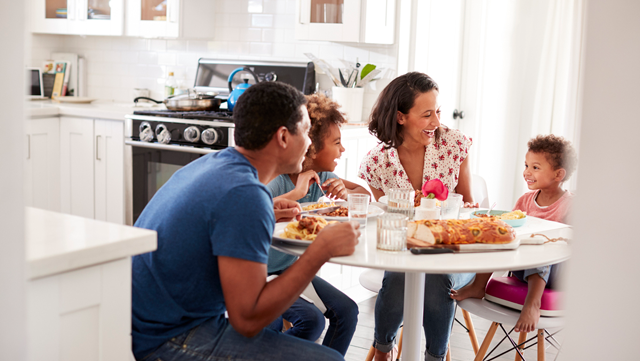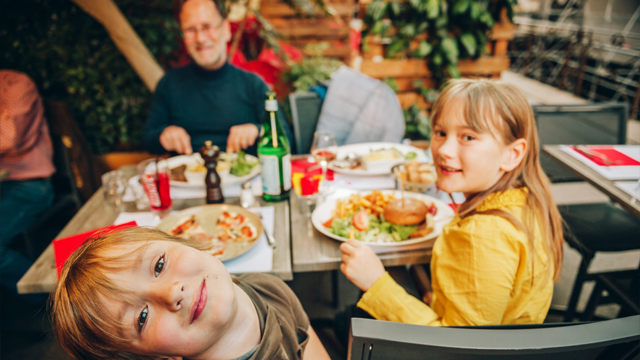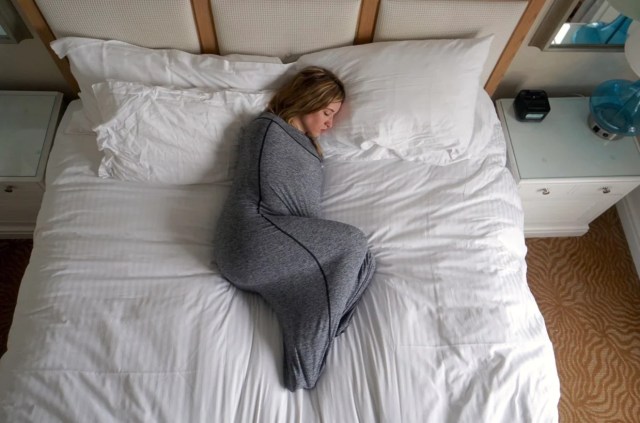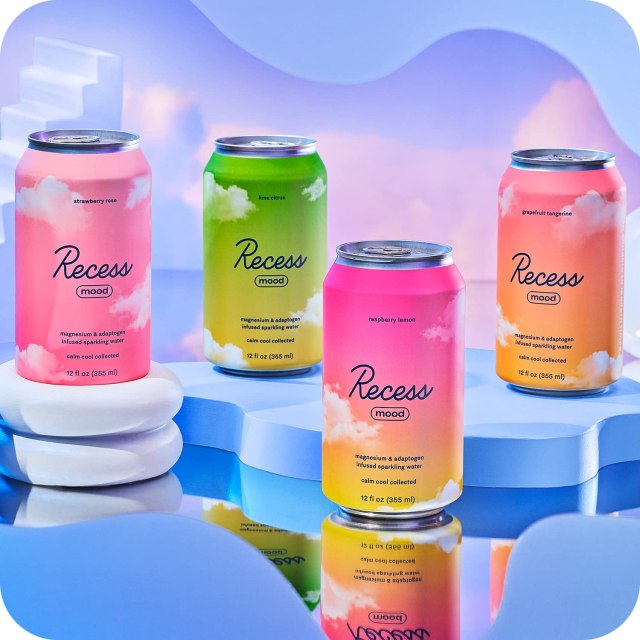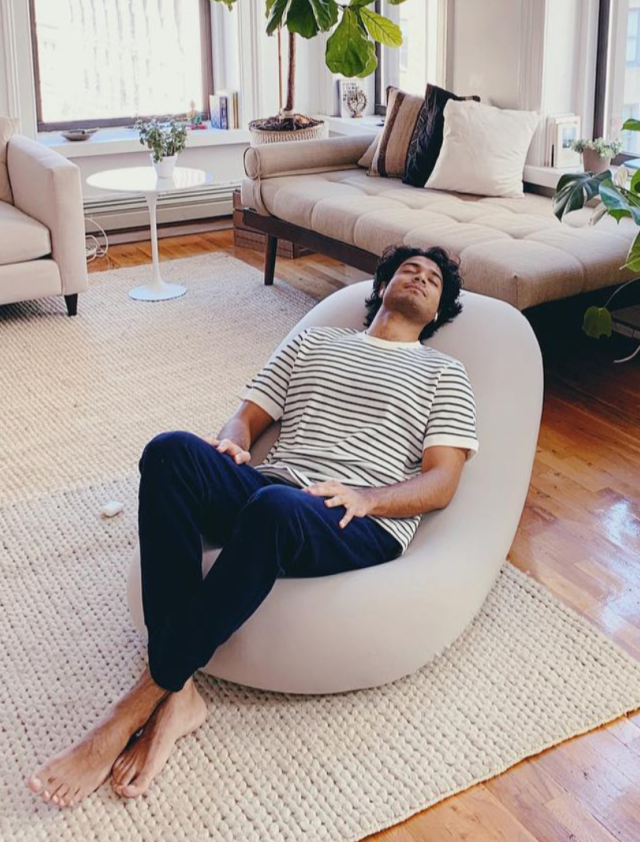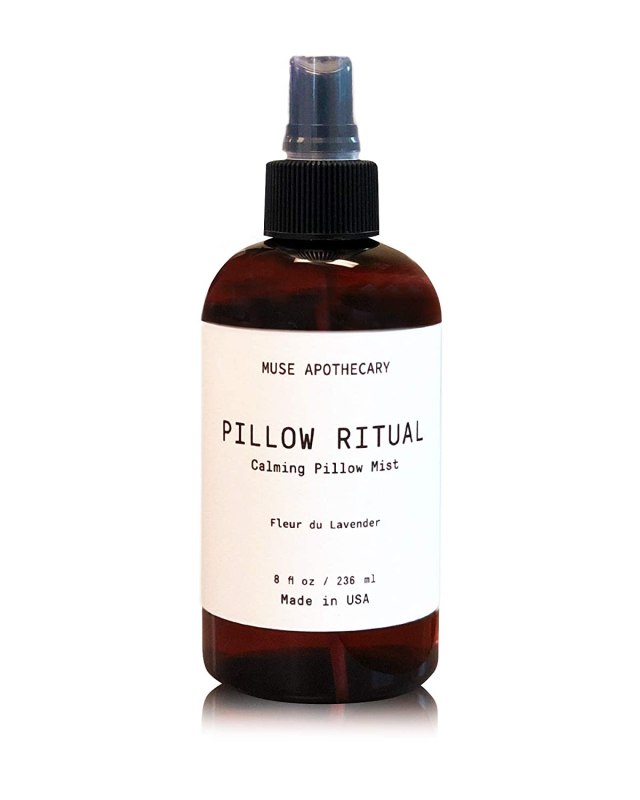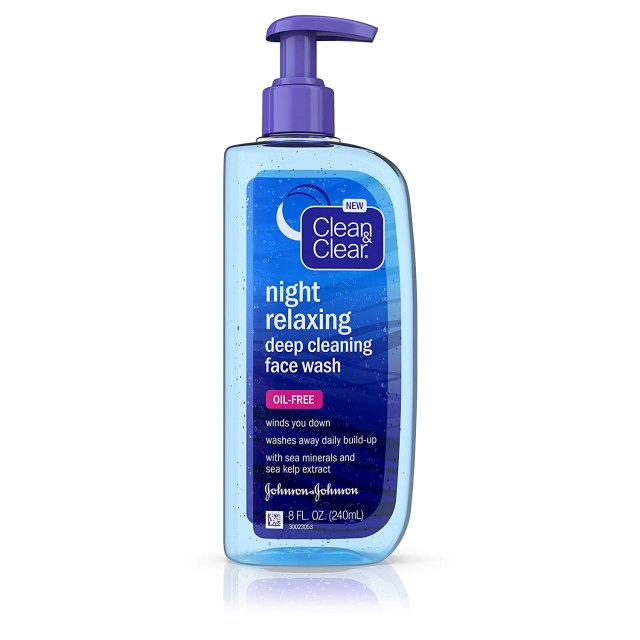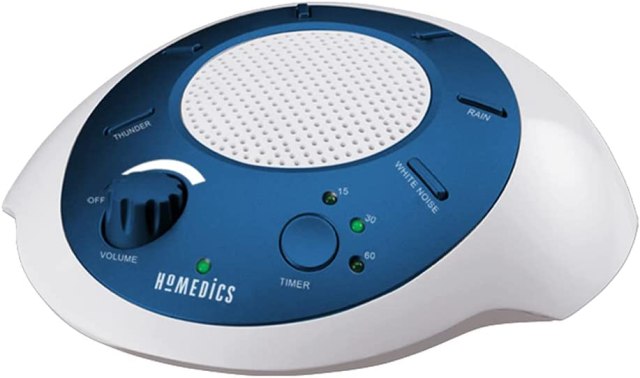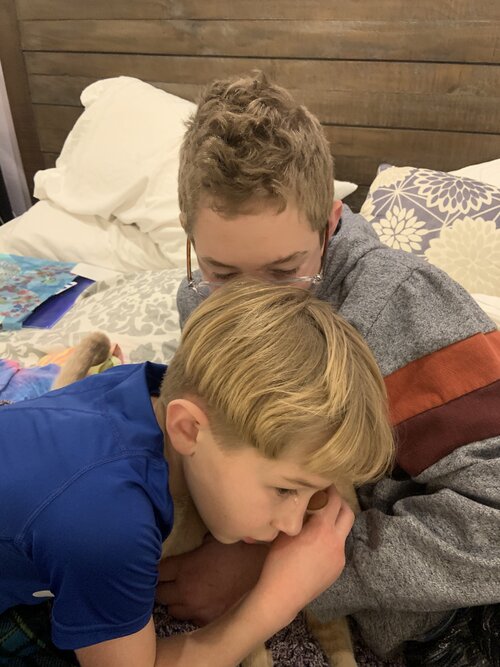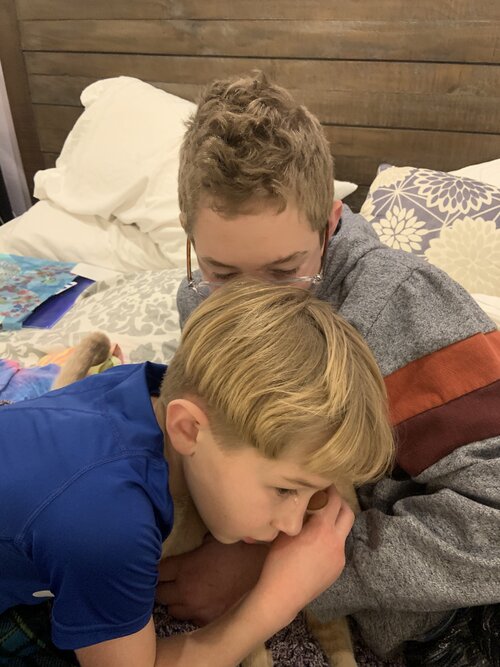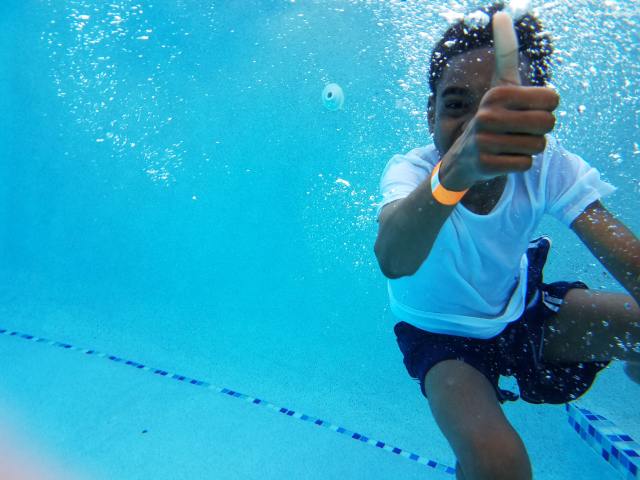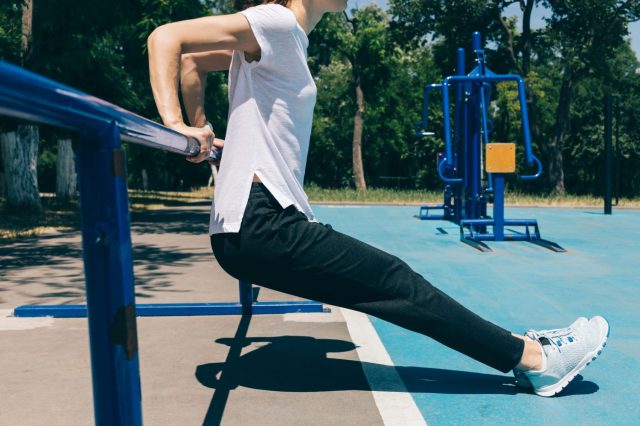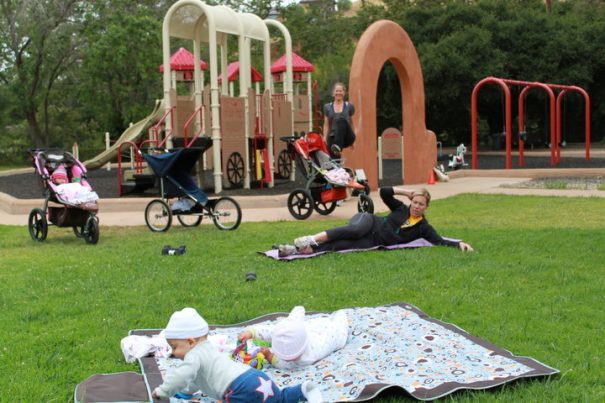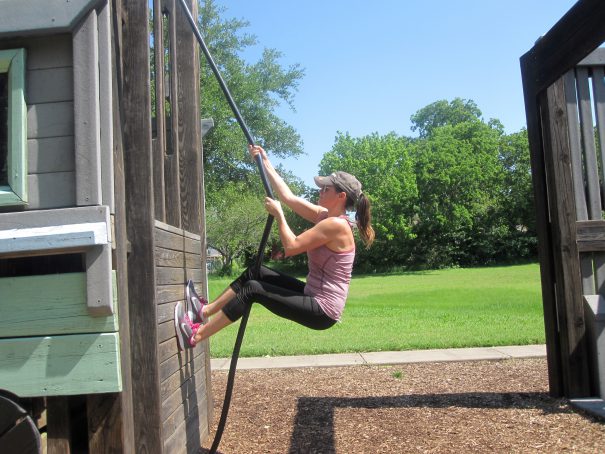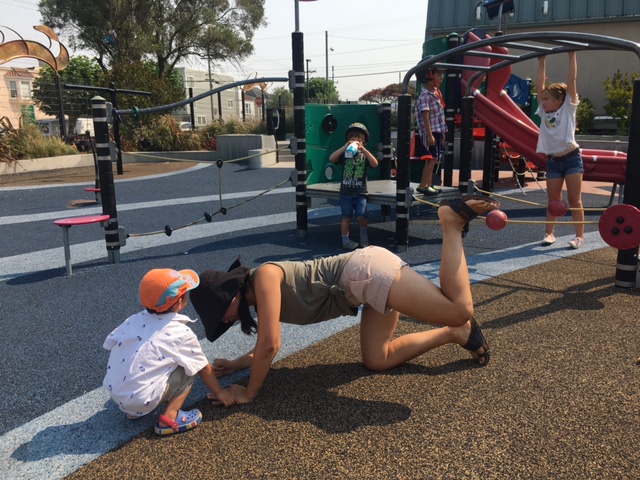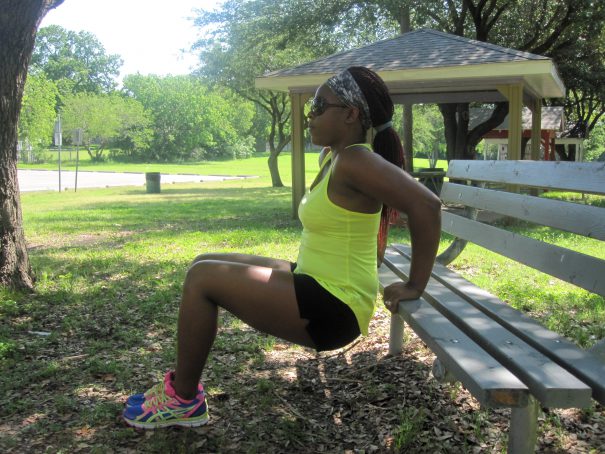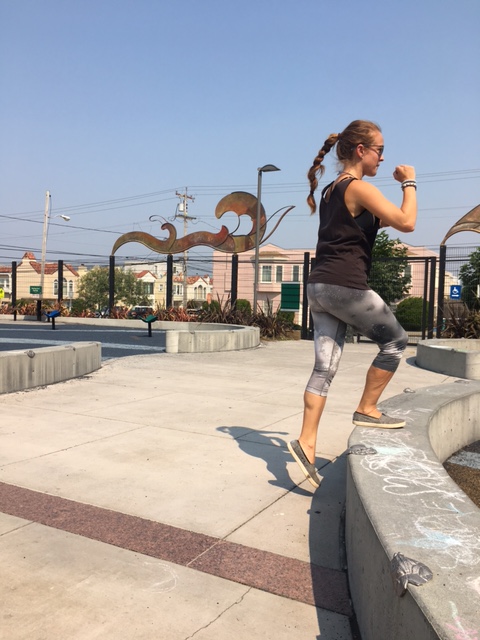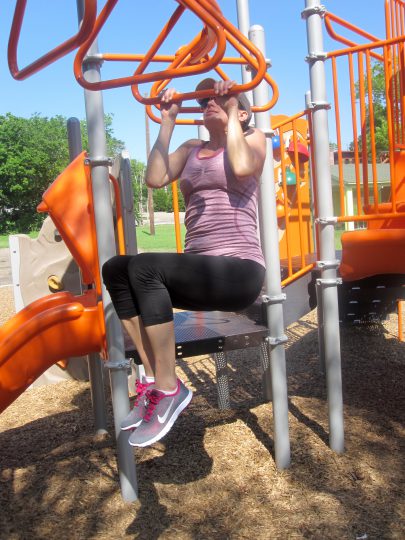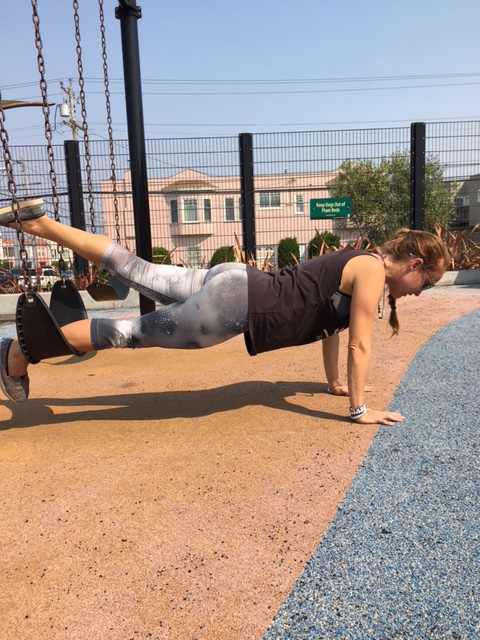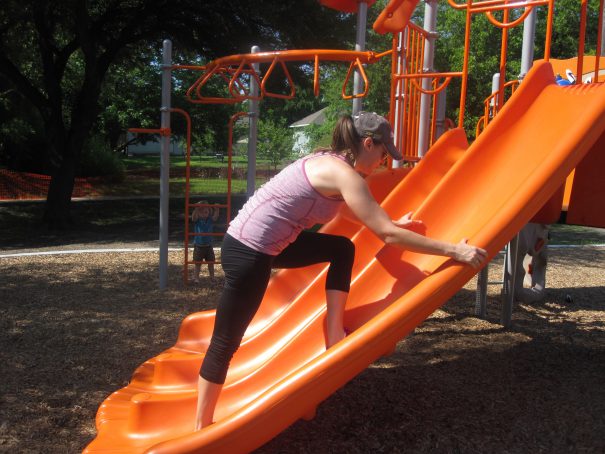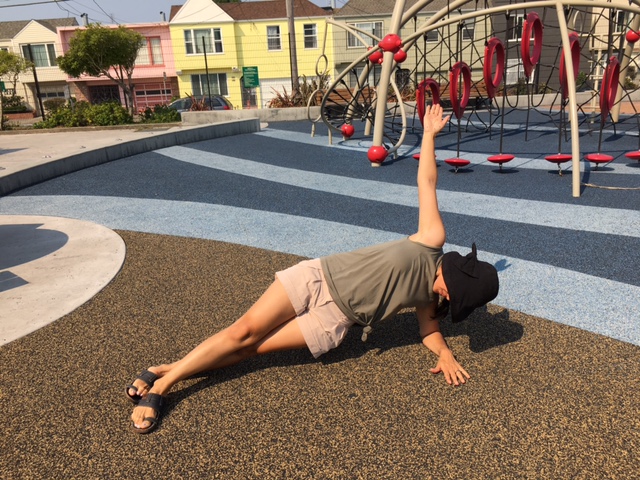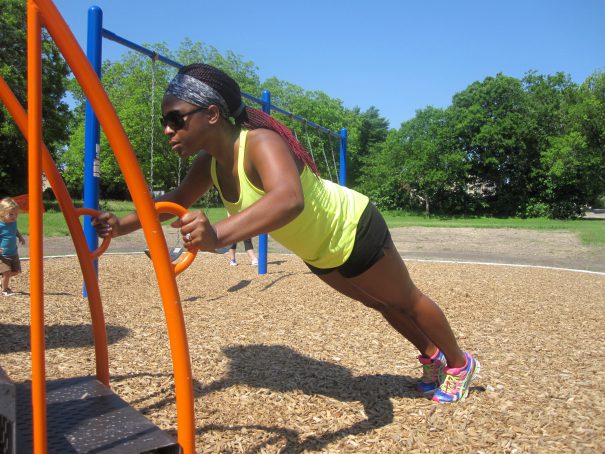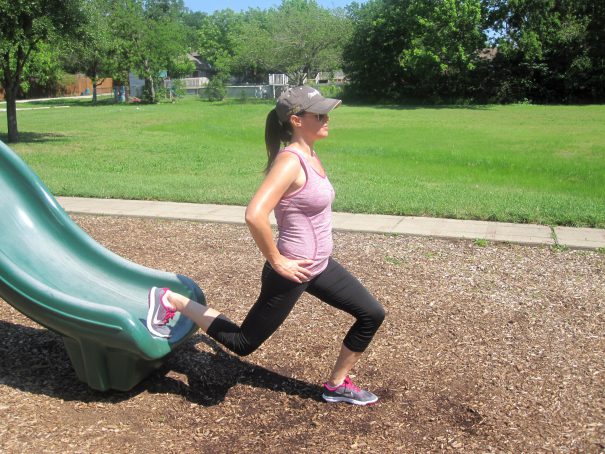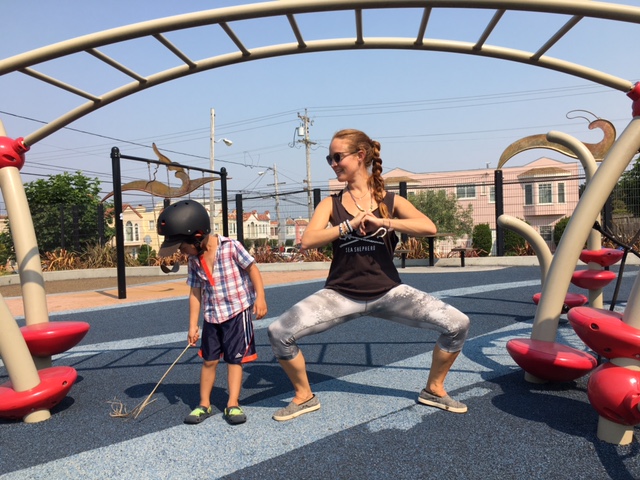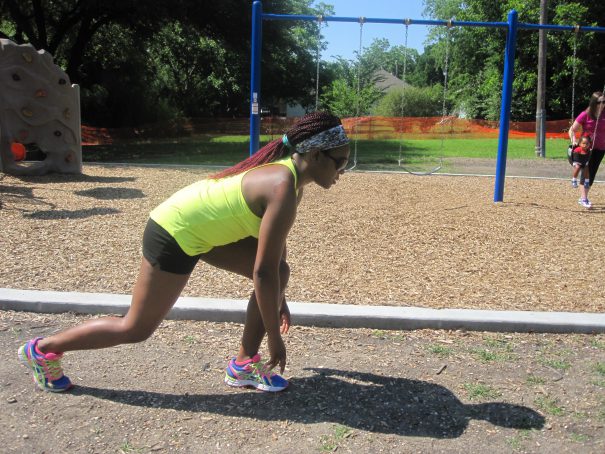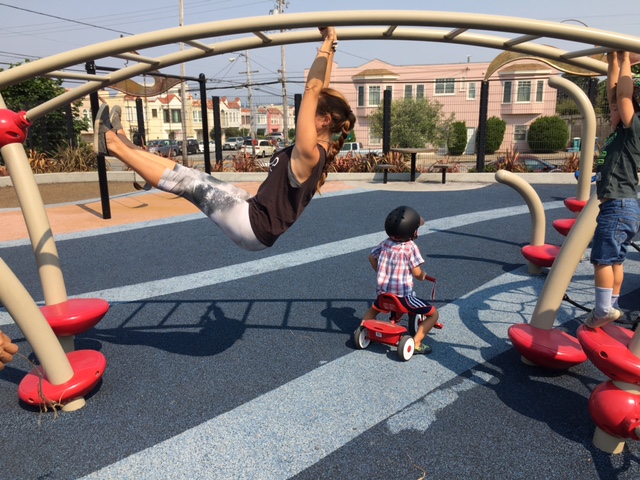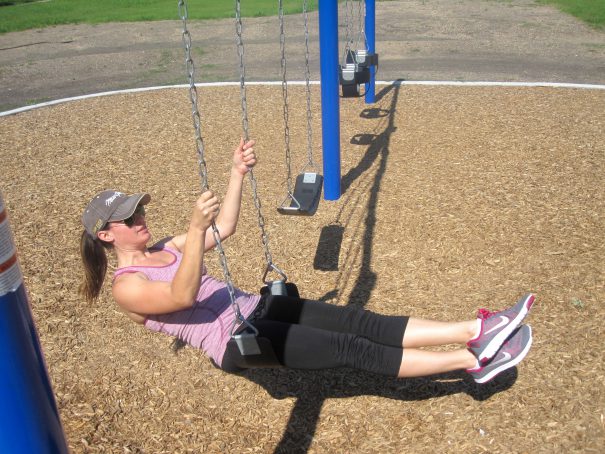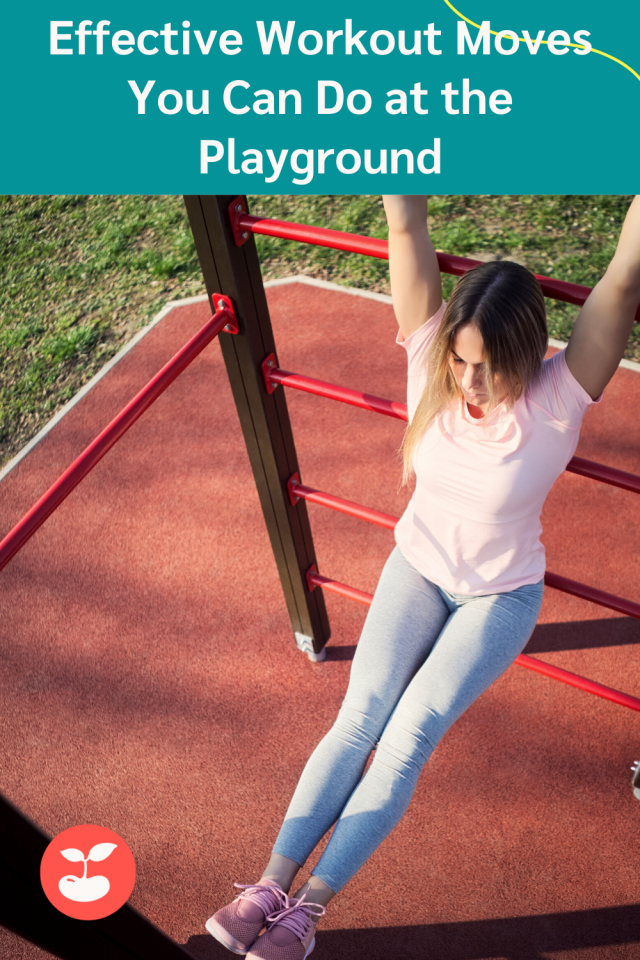If you’ve ever asked your kids “How was your day?” and received what sounds like a grunt or the ever-popular “OK,” you’re not alone. Instead of letting family chats fall to the wayside, consider using conversation starters for kids during your next family dinner. Sure, gathering everyone for a meal might seem impossible, but it’s more important than ever; studies have shown that families that eat together often have healthier diets, increased communication, and overall emotional stability.
And, engaging your kids in conversation has other huge benefits. It helps them learn important social skills, boosts vocabulary, raises self-esteem (especially when you listen to their responses), and could lead to them opening up about things that might be bothering them. So, if you’ve come this far, congrats! The next step? Figuring out what to talk about at the table. That’s where our fun conversation starters for kids come in handy.
How to Use Conversation Starters
Time your questions.
If your kid is hungry, tired, or both, it might not be the best time to engage in elaborate table talk. Use conversation starters with kids when you aren’t rushing to get to practice, there isn’t homework to be finished, and everyone is in a good mood.
Listen to their answers.
So, their curiosity is piqued, and they’re thinking hard about what to say. You need to be present in the moment and listen. Kids’ self-esteem gets a boost when they know their parents are listening.
Don’t forget to ask open-ended questions.
Consider using conversation starters for kids that require more than yes or no answers. If kids (or anyone) have a chance to elaborate on their answers, that can open the door to more interesting conversations.
47 Conversation Starters for Kids
1. Can you guess the ingredients in the meal tonight?
2. What do you like better: waking up in the morning or going to bed at night?
3. Would you rather be a giant rodent or a tiny elephant?
4. What would you do if you had a million dollars?
5. If you had to eat a worm, how would you cook it?
6. What is a weird habit that you have?
7. If you had this week to do over again, what would you do differently?
8. Would you rather go without television or junk food for the rest of your life?
9. If a genie granted you three wishes, what would they be?
10. If money were no object, where would you like to go on vacation?
If you’re looking for real giggles, check out our favorite jokes for kids, and for other fun table talk questions, check out these would you rather questions for kids and would you rather questions for teens.

